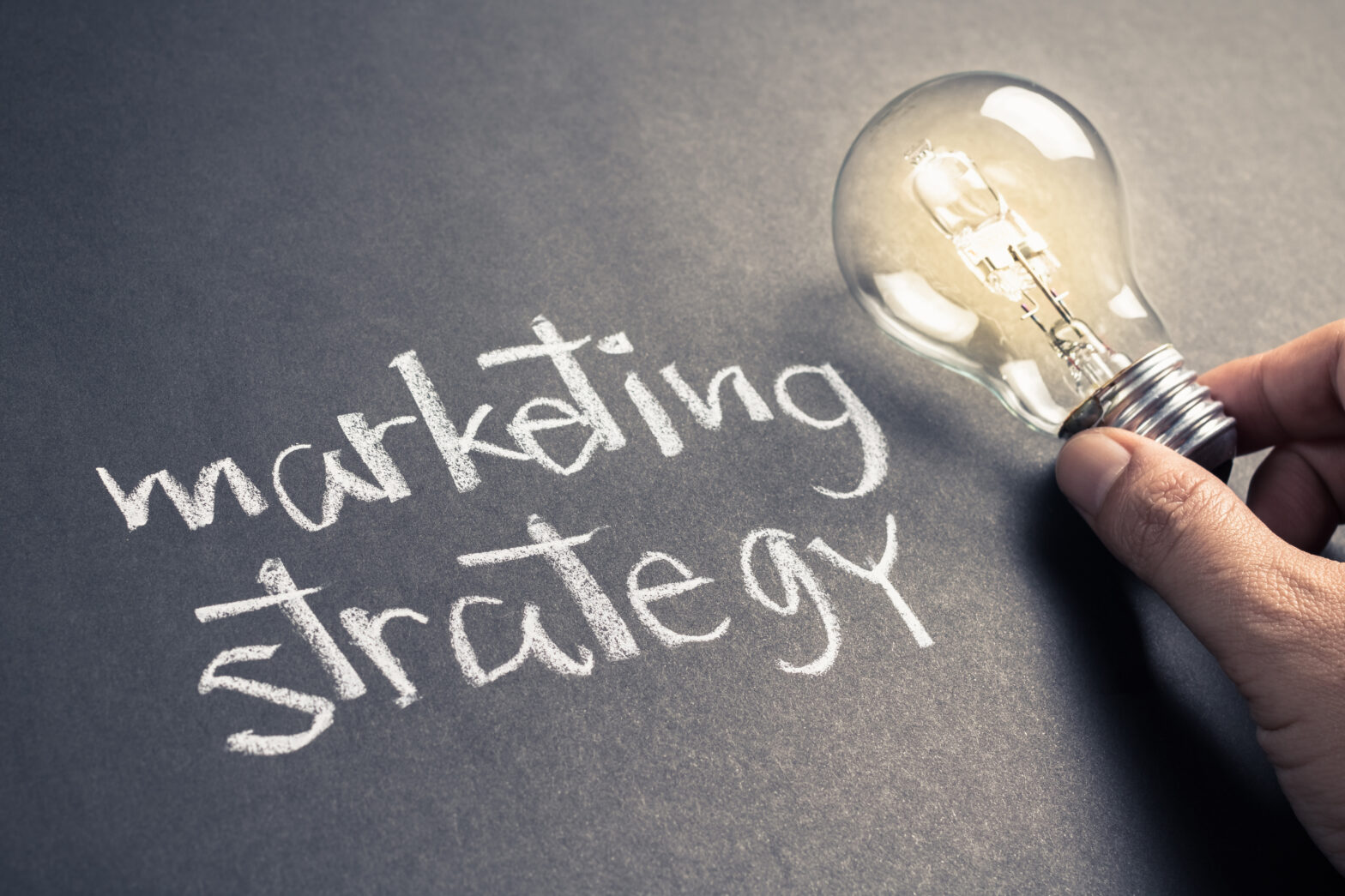There are three types, or stages, of a digital content strategy: content owner, thought leader and storyteller.
Depending on your small business, you will adopt one or more of these strategies. Valuable content is achieved by blending users’ needs, while supporting and furthering your business goals. But, how do we become effective content creators? And how do we know which strategy works best for us?
We’ve taken a look at each strategy to help you identify the content strategy that’s most suitable for you and your brand:
Content owner
This is not about ‘owning’ content in a copyright sense, but more about producing content that opens doors – content that makes people aware. Listening to audiences and listening to clients is vital, so you need to research the market to gain an understanding of what people need or want. One of the key factors in being a successful content creator is trust. Audiences need to view the content owner as a platform for enabling their understanding and awareness of products or services: you are publishing content that raises questions and offers choices.
For example, the content on AirBnB’s website opens the audience’s eyes to something new or useful. AirBnB connects the world through advertising places to stay, enabling anyone to play host and widening customer choice. Audiences trust AirBnB as it offers a large volume of options, allowing people to browse holiday homes and rentals from private owners; users can be made aware of what’s out there and have access to a wealth of information, without being bombarded or feeling obliged to commit in terms of purchase. As a content owner, AirBnB is therefore easy to find, trustworthy, and generates great choices.
Thought leader
To be a thought leader you need to draw people in, maintain their interest, influence their choices, and get them to act. This digital content strategy is about giving the audience what they need. As always, your content needs to be adding value. A thought leader aids users in their decisions by being the go-to provider and creator of knowledge – experts in the field. As well as gaining the trust of audiences and meeting their demands, a thought leader needs to exhibit the ‘efficient funnel’ process when creating content:
- Awareness – opening doors, raising questions and explaining choices
- Interest – engaging audiences by generating interesting pieces of content, whether you own them or through showcasing great things on the web
- Influence – using expertise to convince people that your business has solutions
- Action – audiences invest in your product or service
Hubspot is a great example of a thought leader – they entice marketers by offering something new to the table and educating their audience through interesting blogs. Through this, Hubspot meet the demands of their audience and gain their trust. People purchase products from Hubspot because they prove that they are informed; they pioneer good ideas through valuable content.
Storyteller
After past phases of ‘less is more’ in the advertising world, we are now in the full trend of storytelling. From metaphors to allegories, the scope for creativity is endless. Storytellers create campaigns that are emotionally resonant, that do not necessarily have to lead to an action. Storytelling is more about tapping into people’s subconscious and inspiring them to make an emotional connection.
Related: Why storytelling is important for business success
Dove’s Real Beauty campaign established the brand as a storyteller many years ago, inspiring audiences by championing healthy mind, body and spirit, whatever shape and size. The ‘realness’ of these sketches was hugely successful – Dove understood that our image-obsessed culture generates negativity and insecurity amongst men and women and how they feel about their bodies. They created a demand for empowering people in their self-image by using real people with real stories. As a storyteller, Dove wasn’t selling a particular product with a call to action, they were inspiring audiences and influencing a healthier body image culture. The brand is now recognised as a pioneer for real beauty.
Stories can have a different focus and a content creator might choose to have multiple stories in one campaign. Customer stories, stories of the employees, or the future story of the brand are all routes that have the power to emotionally connect with an audience.
So, who do you think you are?
There is no right or wrong path, and in fact you might find that a mix of digital content strategies works best for your small business. For example, blending thought leader and storytelling is an effective strategy to provide information and add value in a personal and emotive way. For a successful digital content strategy, you need to know what your customers and clients want and need, and publish the right content at the right time.
Claire Wilson is content strategy director at Stratton Craig





